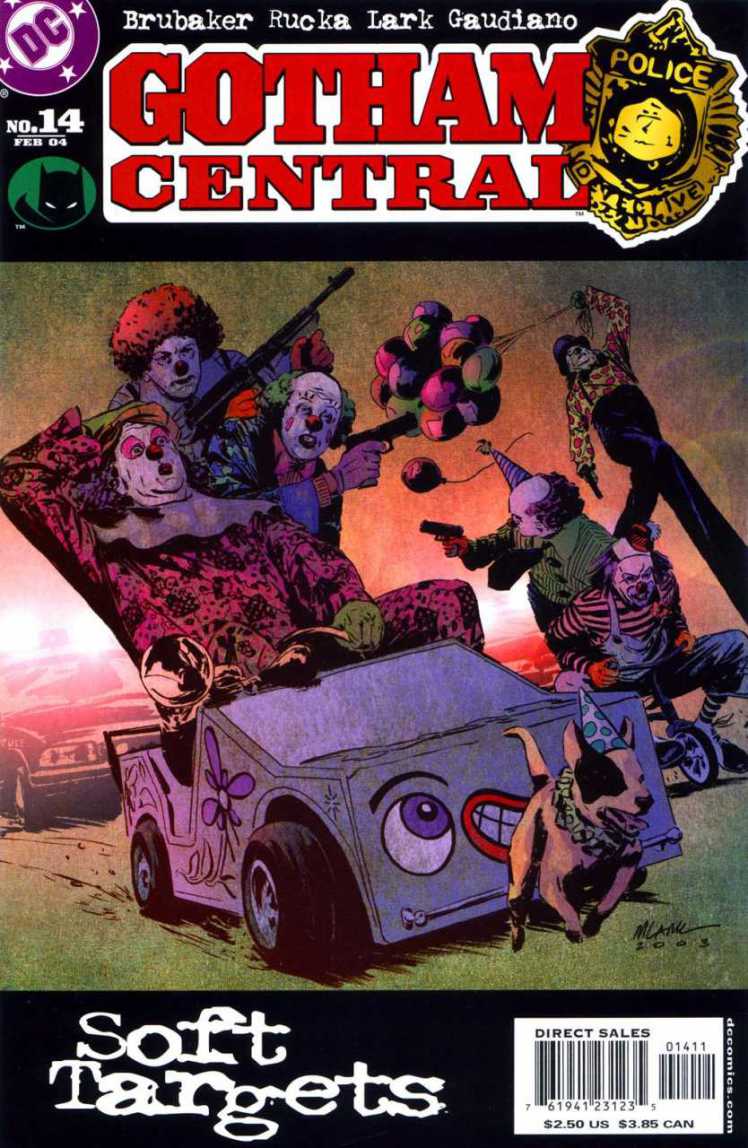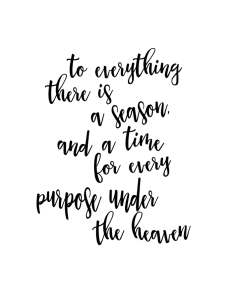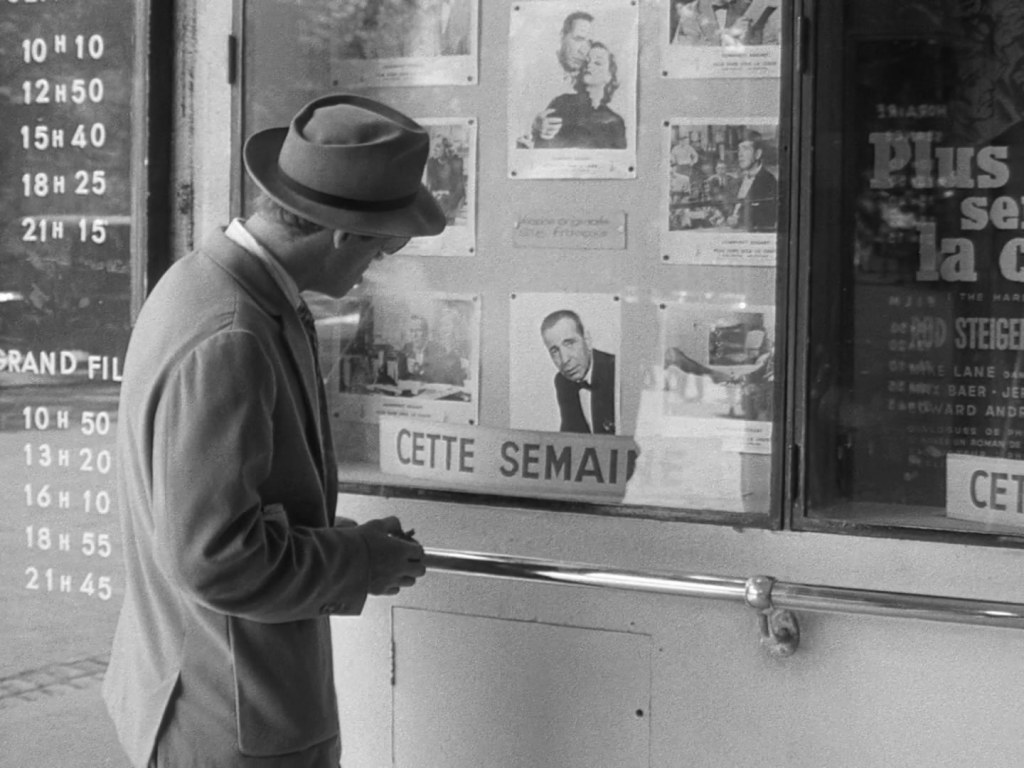
In a city dominated by the enormously, unbelievably competent, Gotham Central’s most fascinating tendencies is how it gives some believable sense of ability to the men and women of the city’s police force. Given that they have a giant lantern on the roof of their building which summons a near-mystically capable force of vigilantism to the premises whenever things get particularly difficult, readers have spent decades being taught that the only good detective work is done by the Batman himself. Gotham Central’s job is to try and rebuild the idea that the police aren’t incapable – just that they’re outstripped because of the system they work within.
The structure of this four-issue story is a pretty interesting look at how people react to terror. Firstly there’s the mystery – what’s happening, why is it happening, who is doing it? – and then comes the immediate reaction to the situation unfolding. In this third part of the story, we see the initial shock wear off, and the characters head off to deal with the issue in the various ways they feel are best. That largely leads to a lot of detective work, as they start pinning the Joker down and working out what his goals might be.
At the end of the last issue, Joker had set up several webcams around the city, with a countdown timer playing across them all. That gives the detectives something to work with, finally, and in this issue we see an extended sequence where they slowly start whittling down each of the locations through their shared experience. One location is where someone’s daughter goes to school; another location is where they busted some of Penguin’s men a few years ago. By allowing us to see these detectives as people with their own paths and narratives, Gotham Central allows us to see a sense of all the individuals living in the city. It opens up our experience by giving us more experiences to relate to.
For a comic with such a large, disposable cast, the stories have to work hard to make the readers root for as many characters as possible. Where that’s not possible, the comic instead has to try and make it possible to just sort of generally root for the police as a unit. Seeing them working together, joking, but generally pushing forward through the case gives us a chance to see them as competent, rather than as the faceless idiots they tend to appear whenever they show up in the background of a Batman comic. There’s a context to their particular level of ability, and the more they can be rounded out into people, the more the reader can understand how they fit into the general pattern of crime and justice in Gotham City as a whole.
The best example of this comes during the third part of this arc, as the acting Mayor demands that the police put on a public show of force to make it look like they’re doing something. Ironically of course, that demand forces them to in turn stop actually doing anything useful so they can set up a publicity stunt instead. Police work is boring and slow by design, intended to be methodical and careful. The police can track down eight webcams set up round Gotham, but it takes them time to do it – and the outside pressures, coupled with the budget cuts mentioned at the start of the first issue slow down the process even further. They don’t have the luxuries afforded to Batman (namely: money and time) in order to break a crime.
And they have to stay true to the law, as well.
Allen and Montoya are the ones sent to arrest a bunch of Joker’s former minions, who wear clown paint but mainly sit around drinking together. They have nothing to do with Joker’s current piece of terrorist performance art, but the Mayor demands that the police round them up, so the duo have to stop their investigation and head to the hideout. In the process they have to drop the most promising thread of evidence they’ve uncovered so far – the make of Joker’s gun, and where he got it from. That thread has to be dropped in favour of making the Mayor happy.
But as they arrest the clowns, and attract the attention of the media in the process, they do miss something – something which the reader can catch ahead of time if they’re paying attention. In the background of the scene the lead reporter gets a phonecall once the clowns are being led to the police van, which sets up a strange one-sided conversation on her end. By the end of the issue, we learn that she’s been captured by the Joker, and that this is a part of his plan. The police, however, are too preoccupied with both the arrests and with complaining about the arrests to notice what’s going on.
Of course, we have the advantage of comics lettering, which lets us catch the background chatter which everybody else misses. At the same time, it’s a reminder that the police in Gotham – although competent, as we know – are just too human to notice the things that Batman would’ve caught. He has stuff like Bat-Sonar which his personal butler can catch on audio and then follow up on – the police just have their ears. Batman is hyper competent and resourced, and nobody else in Gotham is able to match up to that.
Other than the villains, of course. Joker is also hyper-competent, and when faced with these duelling, battling forces of good and evil the police often just get stuck in the middle, trying to keep some sense of order. It’s not that the police are hopeless, because in the series we see repeatedly that they save lives and do their duty every single day. But when they’re thrown into a superhero universe there has to be a reason why the heroes stand so high above everyone else – the regular people of a city need to pale in comparison to the pedestal-striding capes of the universe. This is cause and effect in superhero terms: the heroes and villains gain a hyperintense capability which anyone else could only aspire towards.
We see the police tied up in bureaucracy, the laws of society, budget and staffing issues, personal lives, and then they have to deal with supervillains as well? When you get to look through their side of the story it doesn’t become about how they get tricked time and time again by psychotic villains like the Joker – it becomes about how miraculous it is that any of them ever escape from him, or stop him.
The issue ties up this idea at the end. After everything that’s been going on, the lieutenant goes outside for a smoke. Whilst there, burning up with anger at how easily the Joker’s been terrorising the city and how much work has gone into chasing what seems a dead end…. the Joker simply walks up to him, ready to be arrested. So the officer throws him to the ground and handcuffs him, simple as that. It’s presented as luck, or conspiracy on the Joker’s part, because the clown obviously has some kind of plan in place here.
But think about this: the only reason he was captured is because the officer was working his unpaid overtime. He’s gone above and beyond in his own duty, much like the superheroes do, but in a much more low-key way here’s his surprise victory. Like any victory in a comic, it’s a Pyrrhic one – but a small victory none the less. A small victory which shows the competency of the officers of Gotham Central, and puts their role in perspective.
Gotham Central #14
Written by Ed Brubaker and Greg Rucka
Art by Michael Lark and Stefano Gaudino
Colors by Lee Loughridge
letters by Clem Robins





